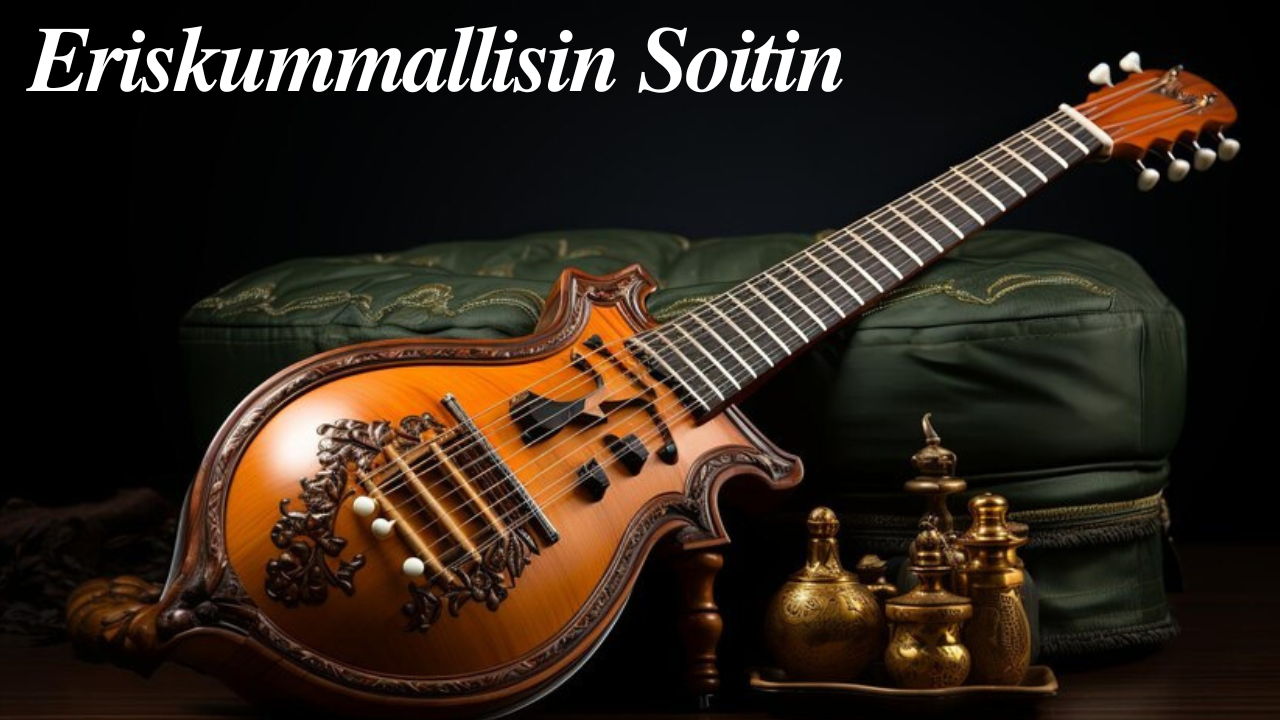Music has been a universal form of expression, Eriskummallisin Soitin evolving across time and cultures. While we often hear melodies from pianos, guitars, and violins, there exists an entirely different world of peculiar musical instruments. Some of these instruments are so unconventional that they leave us wondering about their origins and the creativity of their inventors. One such intriguing term in Finnish—eriskummallisin soitin—translates to “the most peculiar instrument.” This article dives into the fascinating realm of these unique creations, exploring their history, characteristics, and cultural significance.
What Makes an Instrument Peculiar?
Before delving into specific examples, it’s essential to define what makes an instrument peculiar. An unusual instrument often stands out because of its design, the way it produces sound, or the circumstances under which it was created. For example:
- Design: Instruments crafted from unexpected materials or shaped unconventionally.
- Sound Production: Instruments that use innovative mechanisms to generate sound.
- Cultural Context: Instruments tied to rare rituals or traditions, making them unique to a specific culture.
Now, let’s explore some of the most extraordinary instruments that fit these criteria.
The Strange Symphony: Top Examples of Peculiar Instruments
1. The Theremin
The theremin is one of the earliest electronic musical instruments, invented in 1920 by Léon Theremin. Its peculiarity lies in the fact that it is played without physical contact. Musicians manipulate electromagnetic fields using their hands near two metal antennas to produce eerie, wavering sounds often associated with science fiction movies.
2. Hydraulophone
This water-powered instrument combines the realms of music and hydraulics. Designed by Steve Mann, the hydraulophone produces sound by blocking water jets with fingers. It’s not only peculiar but also visually mesmerizing as water flows become part of the performance.
3. Glass Harmonica
Invented by Benjamin Franklin in 1761, the glass harmonica consists of rotating glass bowls that produce ethereal tones when touched with wet fingers. Its sound is so hauntingly beautiful that it was rumored to drive listeners mad in the 18th century.
4. Sharpsichord
Created by Henry Dagg, the sharpsichord is a solar-powered, pin-barrel harp that resembles a massive music box. It uses a system of levers and strings to produce sound, and its unique design has made it popular in experimental music.
5. Aeolus Harp
Named after the Greek god of wind, this instrument relies on natural airflow to produce sound. Positioned in windy areas, the Aeolus harp generates haunting melodies without human intervention, making it a mystical addition to any landscape.
6. Octobass
Towering over most musicians, the octobass is a colossal string instrument introduced in the 19th century. Its size and low-frequency sound make it both awe-inspiring and challenging to play.
7. Vegetable Orchestra Instruments
In Vienna, the Vegetable Orchestra creates instruments from fresh produce, such as carrots, pumpkins, and cucumbers. These edible instruments are crafted before each performance and discarded afterward, making them a sustainable yet peculiar choice for music creation.
Cultural Oddities: Instruments From Around the World
1. Didgeridoo (Australia)
While the didgeridoo is a well-known indigenous Australian instrument, its continuous droning sound and unique playing technique—circular breathing—make it peculiar in its own right.
2. Nyckelharpa (Sweden)
This keyed fiddle from Sweden combines the Eriskummallisin Soitin mechanics of a violin with a keyboard. Its intricate design and rich history dating back to the Middle Ages make it a fascinating instrument to explore.
3. Angklung (Indonesia)
The angklung is a bamboo instrument that produces sound when shaken. Each piece is tuned to a specific pitch, requiring an ensemble to create full melodies.
4. Crwth (Wales)
An ancient Celtic string instrument, the crwth is a distant cousin of the violin. Eriskummallisin Soitin Its rectangular body and historical ties to medieval Europe give it a distinct place in musical history.
Why Do We Need Peculiar Instruments?
The existence of peculiar Eriskummallisin Soitin instruments challenges our understanding of music and creativity. They inspire innovation, broaden our cultural horizons, and remind us that music is not limited to conventional norms. From experimental compositions to cultural preservation, these instruments contribute significantly to the musical landscape.
Music is a universal language, but the instruments that create it can be anything but ordinary. Here, we explore the fascinating world of the most peculiar musical instruments ever invented.
1. Theremin: Music from the Air
Invented in 1920, the theremin is played without Eriskummallisin Soitin physical contact. Musicians manipulate electromagnetic fields to create haunting and otherworldly melodies.
2. Hydraulophone: Water’s Serenade
This unique instrument uses water to produce sound. Players block jets of water flowing over pipes to create melodic tunes.
3. Glass Armonica: Ethereal Elegance
Invented by Benjamin Franklin, this instrument produces haunting tones by rubbing moistened fingers along spinning glass bowls.
4. Octobass: A Giant Among Instruments
The octobass is a massive string instrument that Eriskummallisin Soitin requires levers to play. Its deep tones are too low for most humans to hear.
5. Khomus: The Jaw Harp’s Distant Cousin
An ancient instrument from Siberia, the khomus creates sounds by plucking a flexible metal tongue against the player’s teeth.
6. Pyrophone: The Fire Organ
This fiery instrument produces sound using combustion. Flames resonate through tubes to create eerie harmonics.
7. Vegetable Orchestra: Edible Music
The Vegetable Orchestra from Austria carves instruments from fresh produce,Eriskummallisin Soitin offering a blend of music and culinary artistry.
8. Zeusaphone: Lightning Symphony
Also known as the singing Tesla coil, this instrument creates music by modulating electrical arcs. It’s as mesmerizing visually as it is aurally.
9. Crwth: Ancient Welsh Strings
A historical bowed lyre from Wales, the crwth offers a glimpse into medieval musical traditions.
10. Sharpsichord: Solar-Powered Harmony
This eco-friendly instrument combines Eriskummallisin Soitin a harpsichord and music box, powered entirely by solar energy.
FAQs
Q1. Can peculiar instruments be used in modern music?
Yes, many musicians incorporate unusual instruments into contemporary compositions to add unique textures and sounds.
Q2. Are peculiar instruments harder to play than conventional ones?
It depends on the instrument. Some, like the theremin, require entirely new techniques, while others, like the didgeridoo, may build upon existing Eriskummallisin Soitin skills.
Q3. Where can I see or hear these instruments in action?
Festivals, museums, and online platforms like YouTube are excellent places to experience these instruments.
Q4. Are there any peculiar instruments I can easily make at home?
Absolutely! Instruments like water drums or vegetable-based instruments are simple and fun to create.
Q5. What’s the rarest peculiar instrument?
The answer varies, but instruments like the octobass or the glass harmonica are considered rare due to their size, complexity, or historical significance.
Conclusion
The world of peculiar instruments, or eriskummallisin soitin, is a testament to human creativity and ingenuity. Eriskummallisin Soitin Whether they’re powered by wind, water, or imagination, these instruments push the boundaries of traditional music and offer a fresh perspective on what it means to create sound. By exploring these unique creations, we not only celebrate diversity in music but also inspire a deeper appreciation for the art of innovation Eriskummallisin Soitin.
If you ever come across an unusual instrument, take a moment to learn about its story—you might just uncover a hidden gem in the symphony of life.










